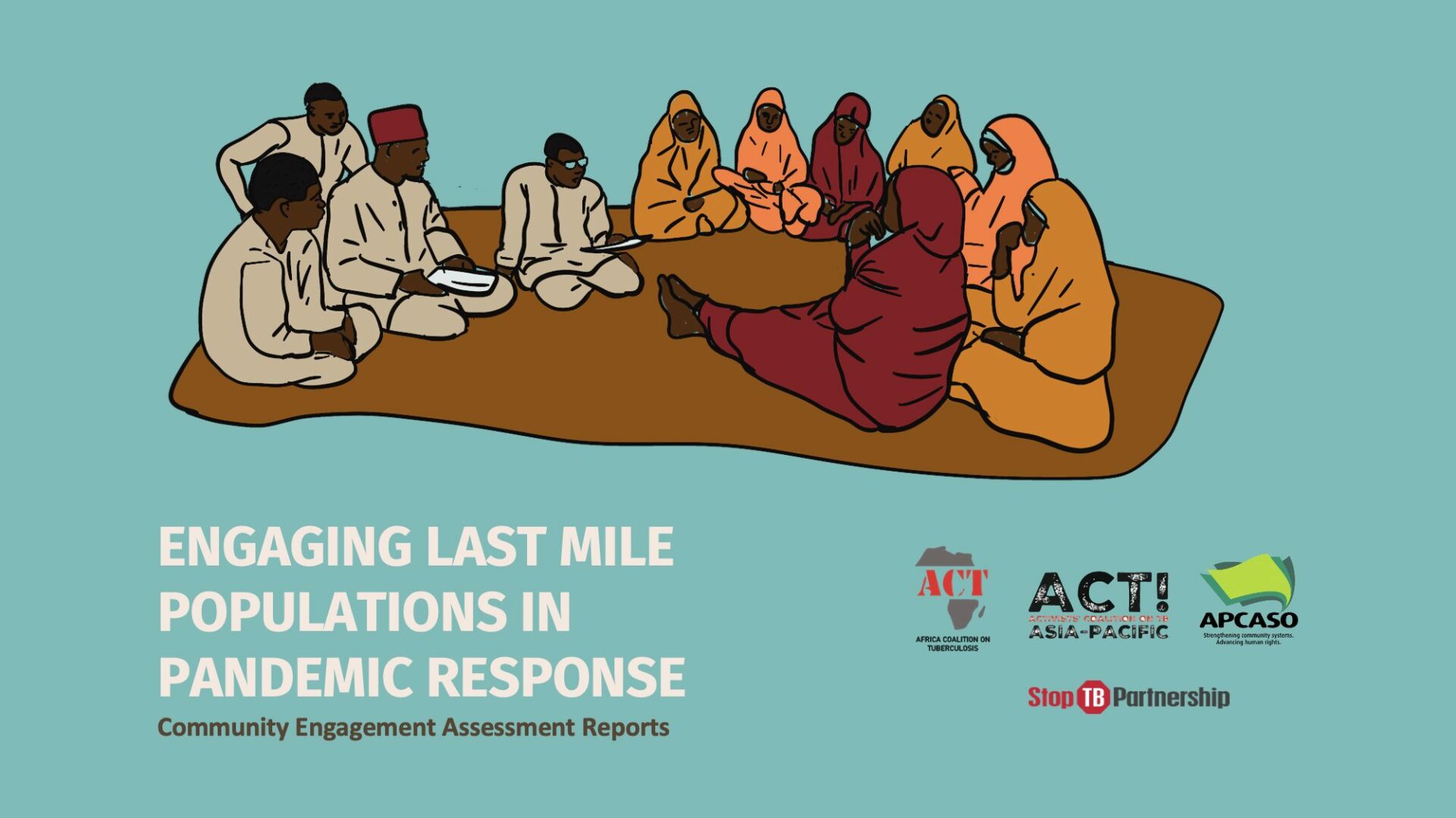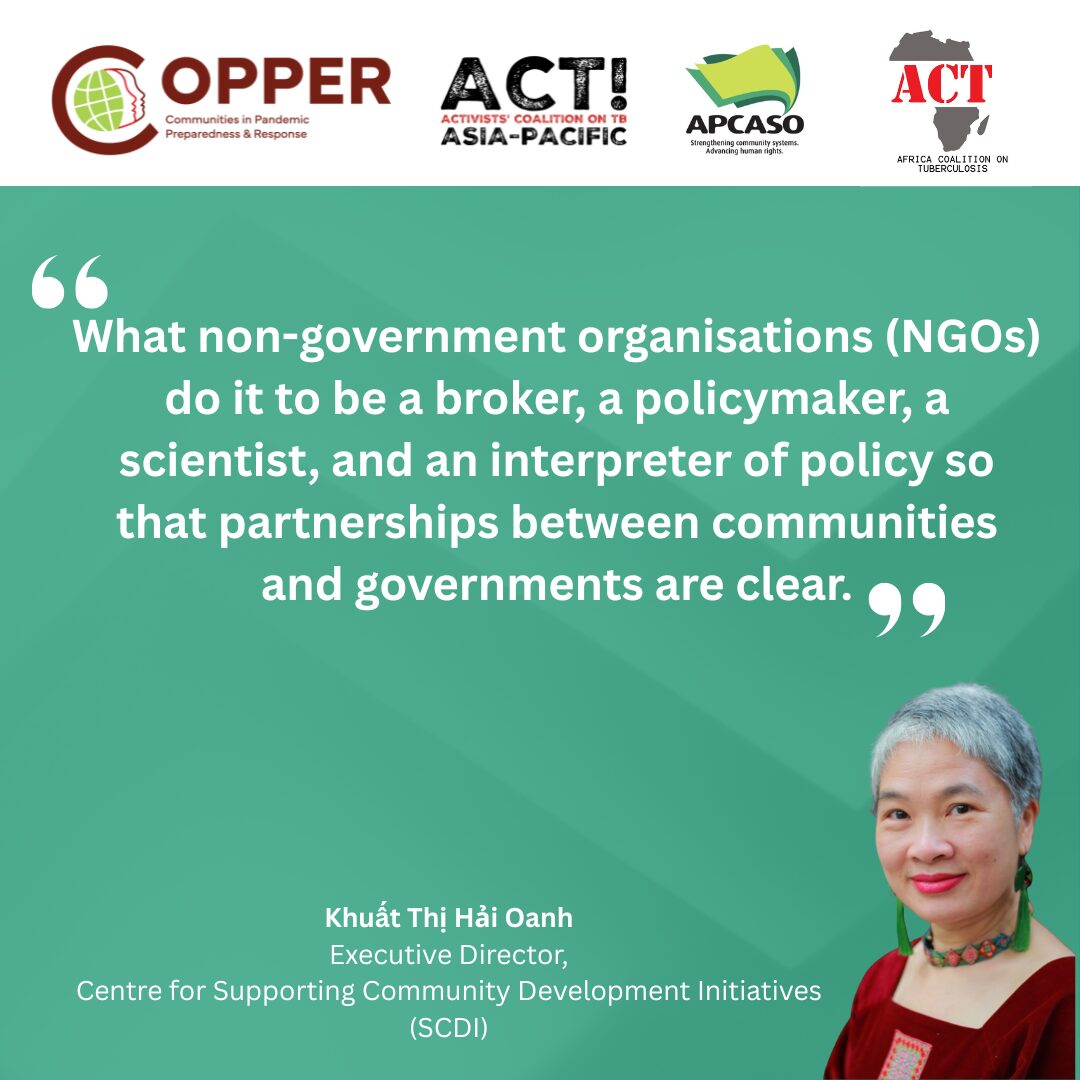
Sub Heading

Sub Heading

Sub Heading
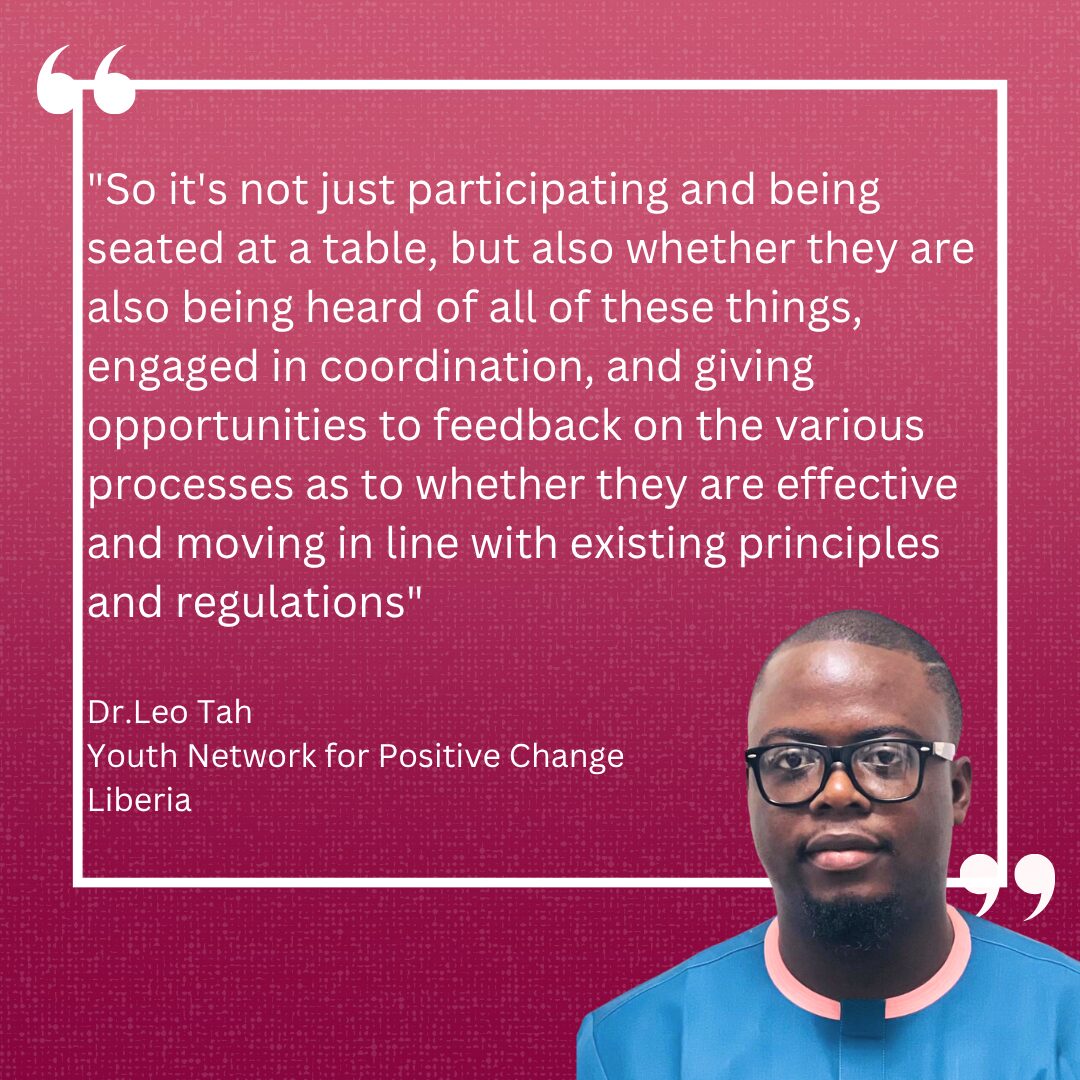
Sub Heading

Sub Heading

Sub Heading

Sub Heading

Sub Heading
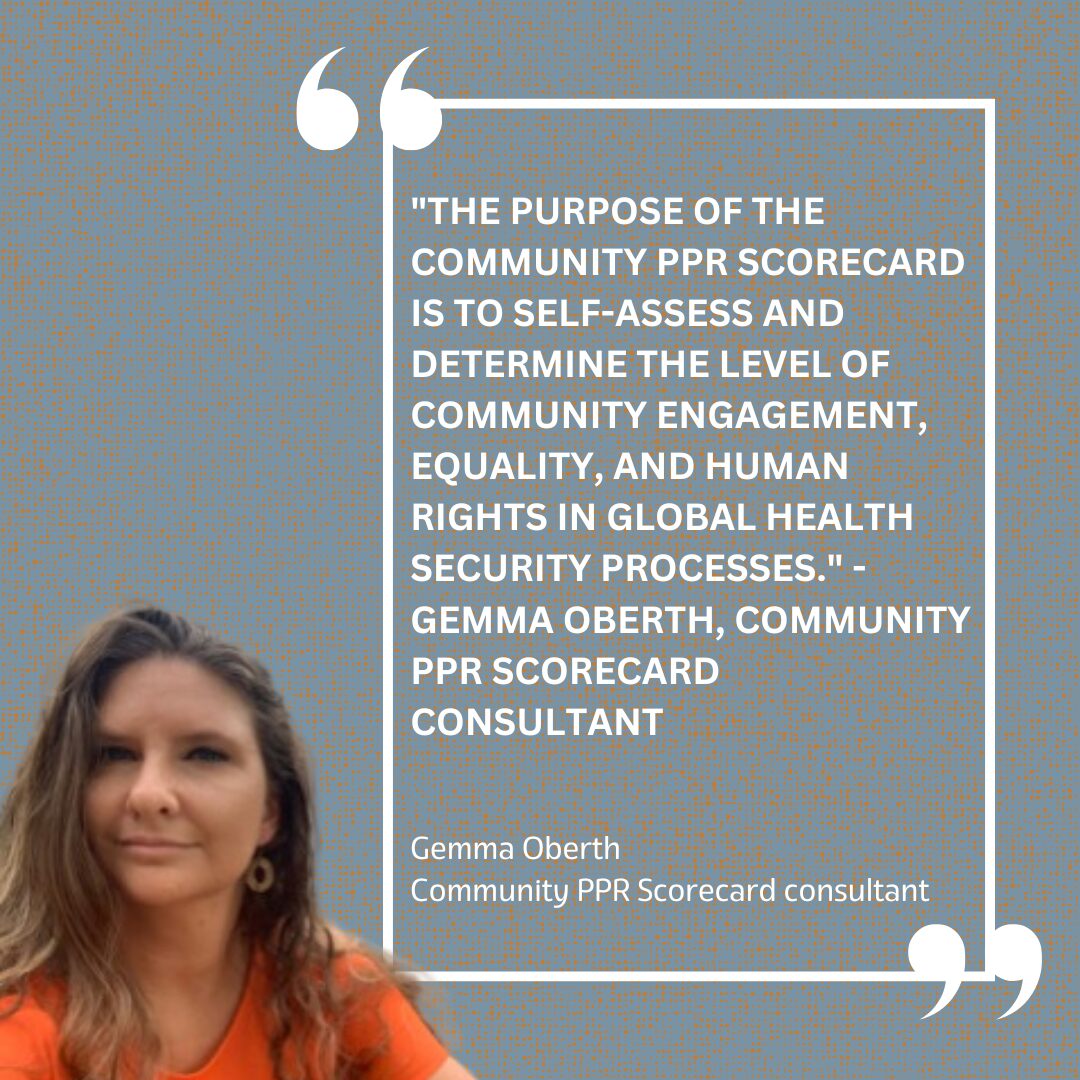
Sub Heading

Sub Heading

Sub Heading

Sub Heading

Sub Heading

Sub Heading
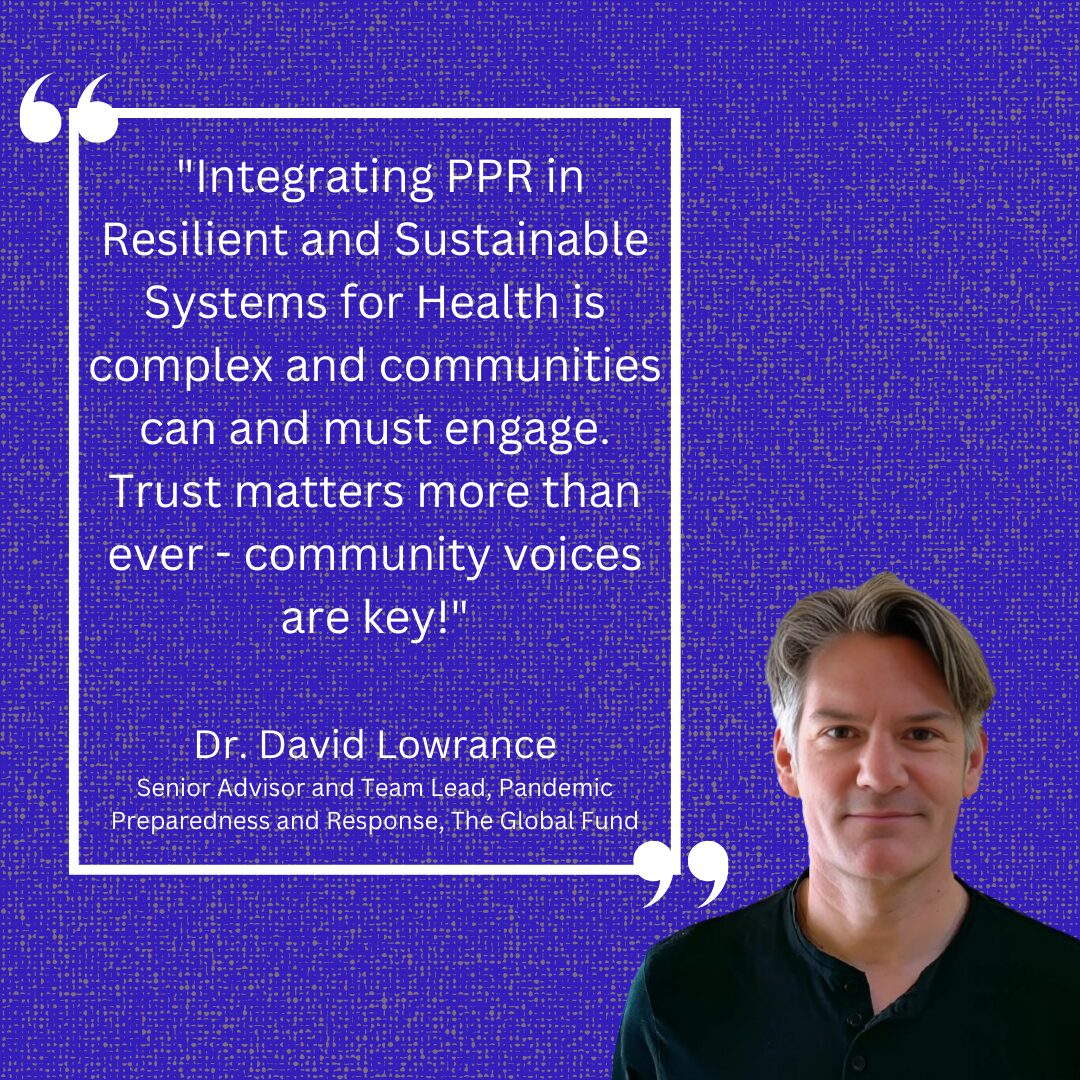
Sub Heading

Sub Heading

Sub Heading

Sub Heading

Sub Heading

Sub Heading

Sub Heading

Sub Heading

Sub Heading

Sub Heading

Sub Heading
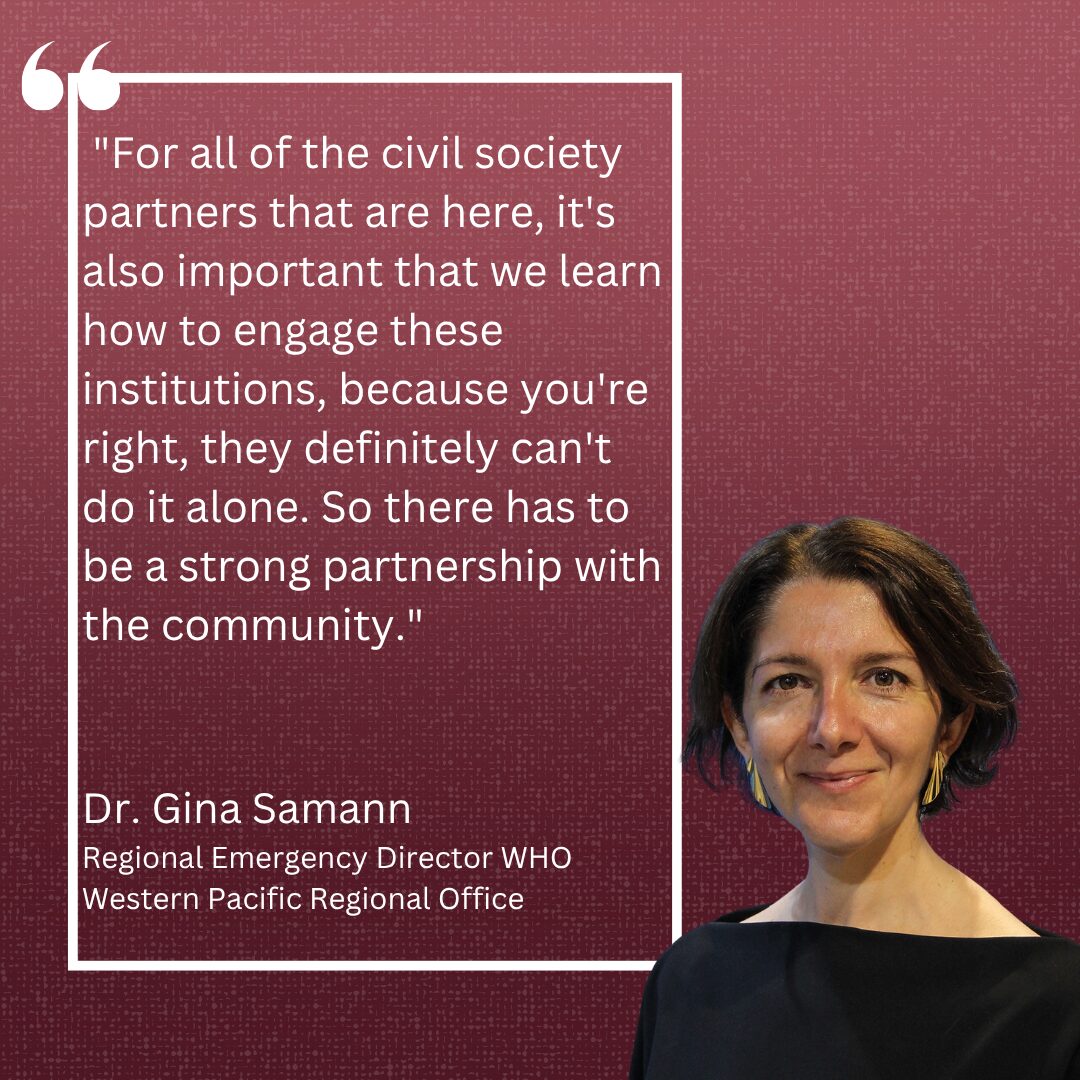
Sub Heading

Sub Heading

Sub Heading

Sub Heading
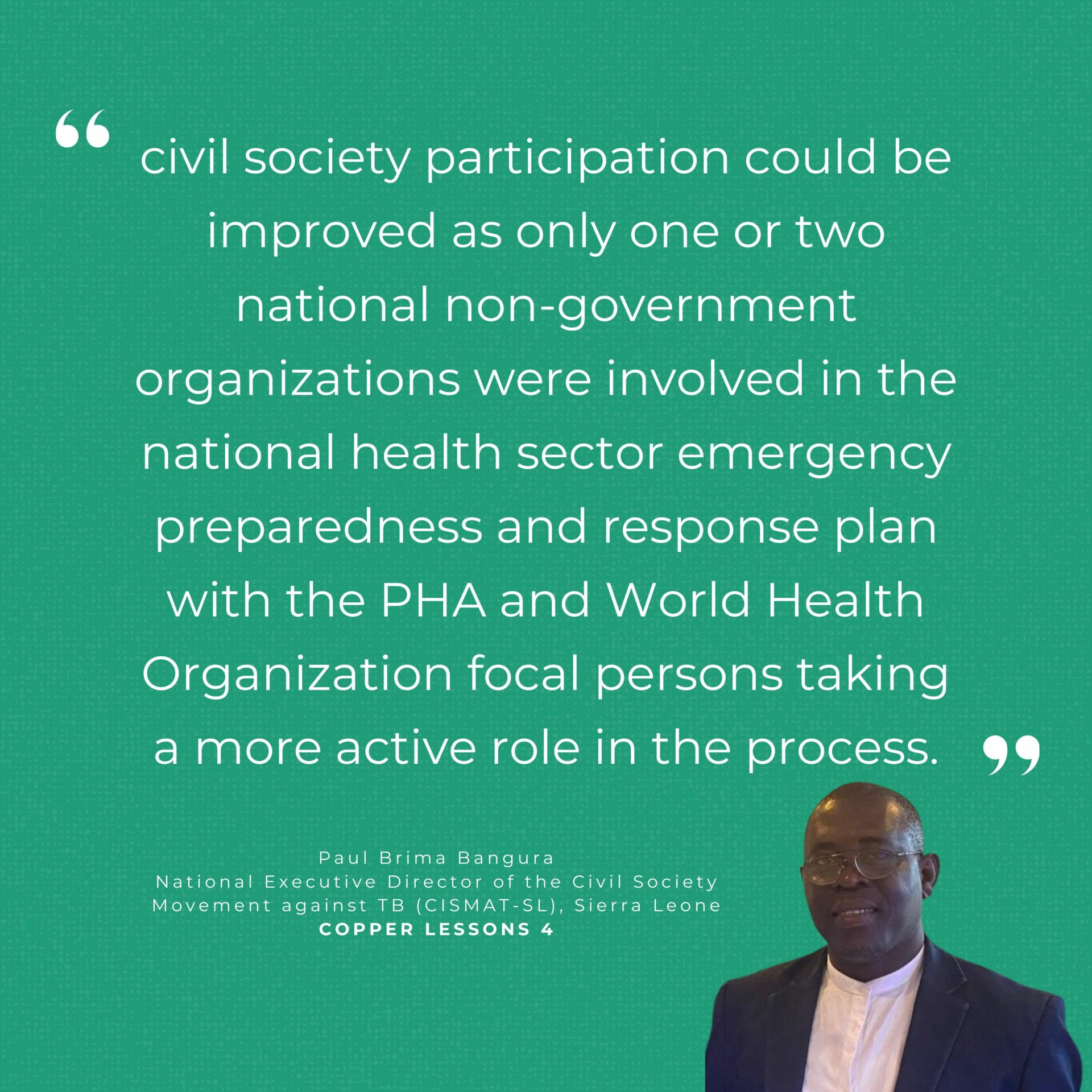
Sub Heading

Sub Heading

Sub Heading

Sub Heading
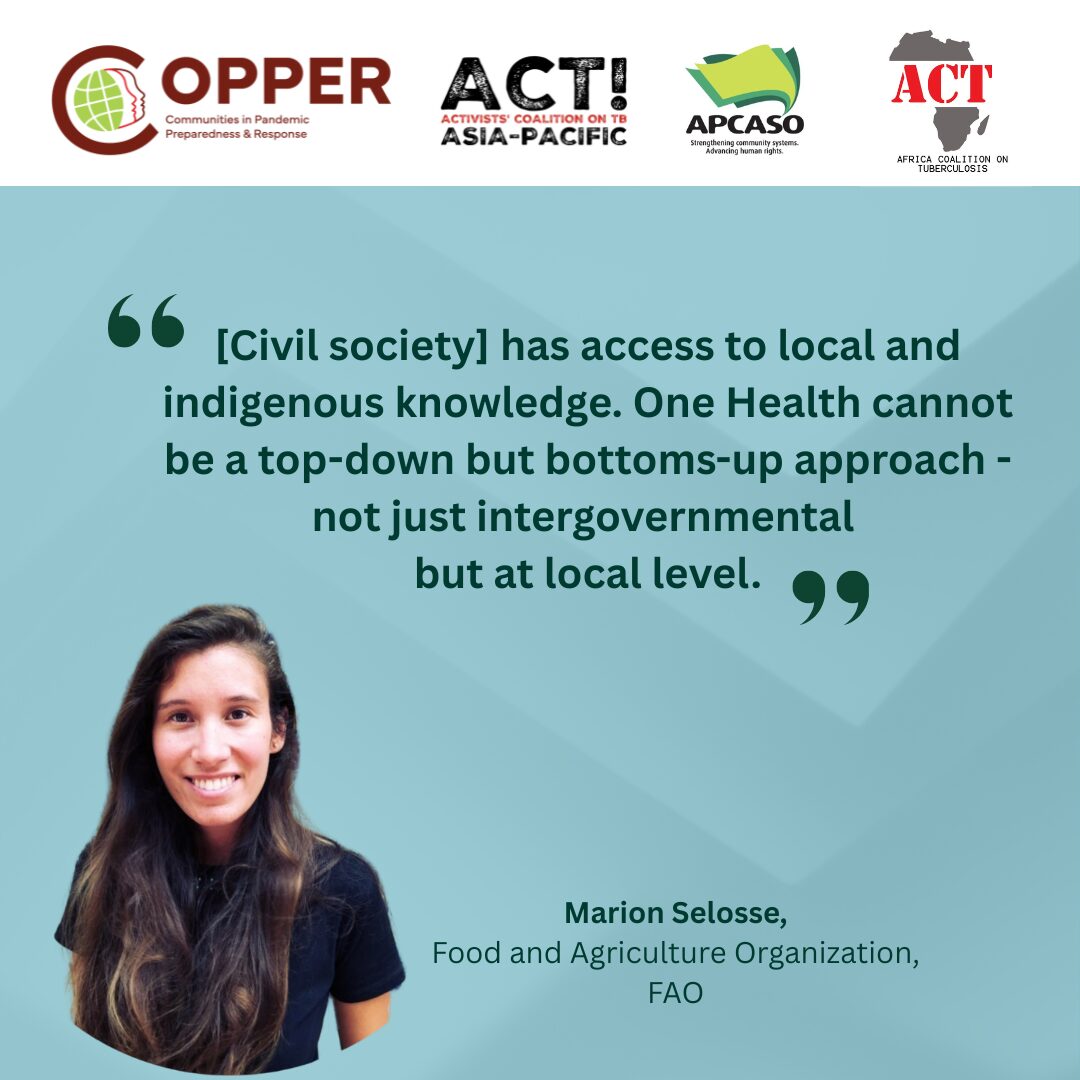
Sub Heading

Sub Heading

Sub Heading
Updates &
Resources










































